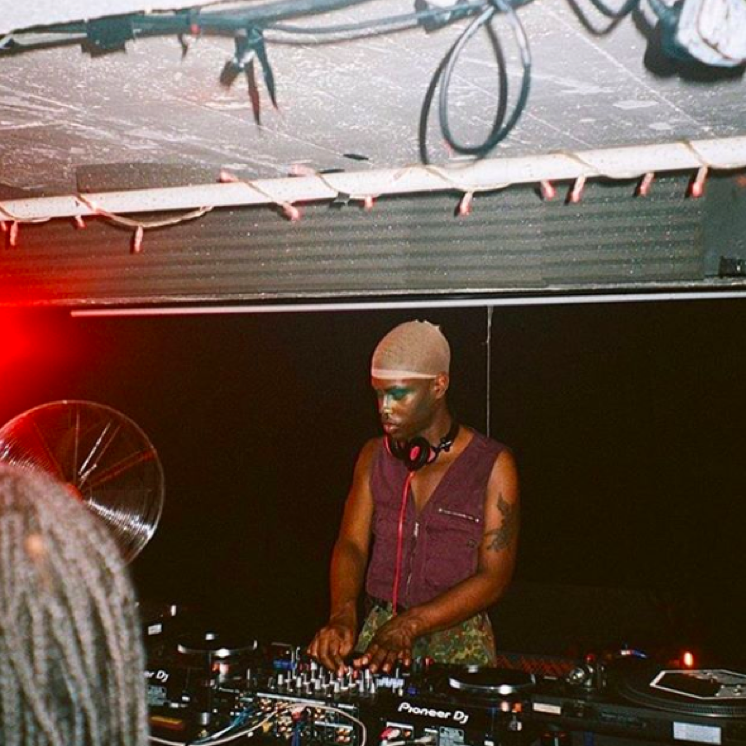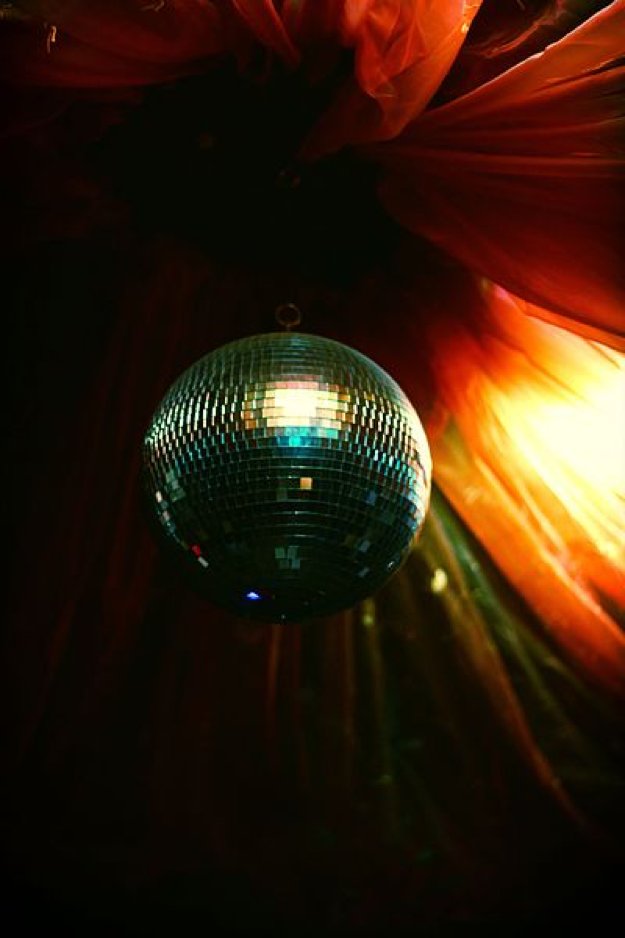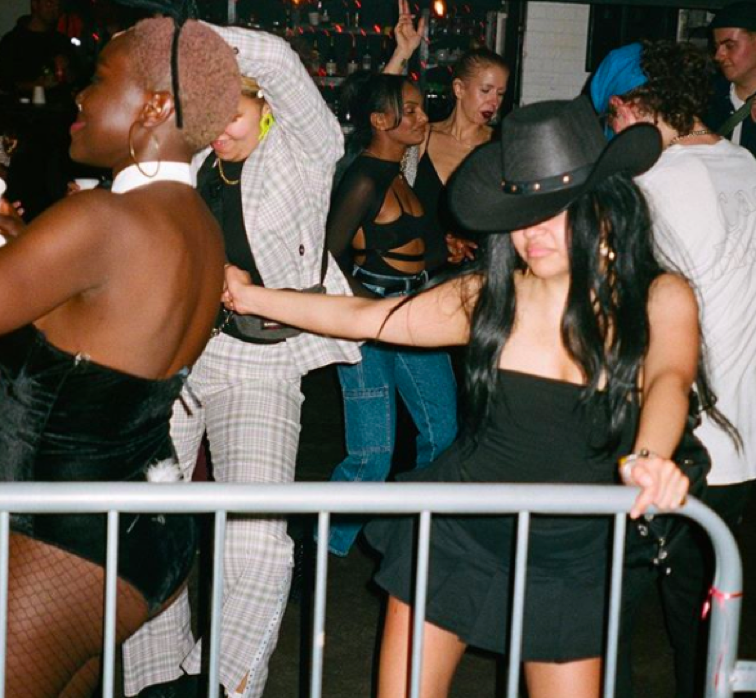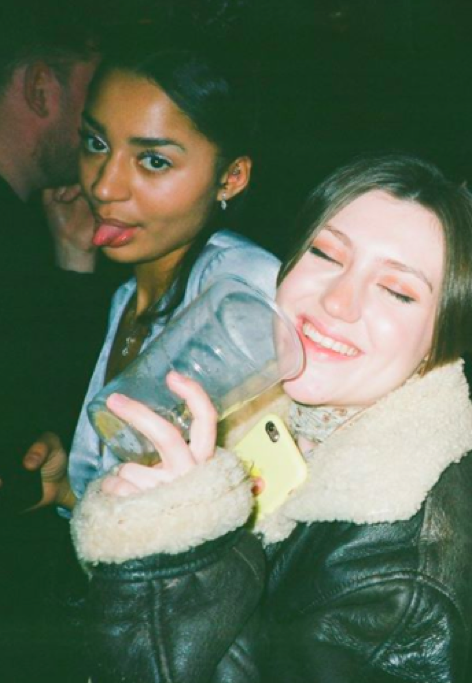by Sydney Evans
What was once a way to let loose, dancing has become something to be feared, with the likes of Instagram and Snapchat threatening to expose anyone dancing ‘badly’.

I’m convinced I was alive in the 1980s and 1990s, then something happened and I was reborn in 1999. Once I was old enough to go out dancing in the 21st century, it came as a big surprise to see that nobody really dances anymore. And I mean really dance. A little two step doesn’t count here. As grime MC Kano declares in his 2006 song ‘Nobody Don’t Dance No More’:
‘They don’t make them like they used to, They don’t even dance in the raves like we used to’
Historically, dance has been a major part of almost every subculture. Punk is a lot of head bumping, jumping and mosh pitting. Skanking came from ska and reggae, before being introduced in drum and bass raves. When Van McCoy released his song ‘The Hustle’ in 1975, the style of dancing that accompanied the song became known as disco; hands on hips, swaying side to side and twirling across the floor. In 1977, John Travolta incorporated elements of the famous ‘Hustle’ in Saturday Night Fever, bringing disco fever to life.
If it wasn’t already obvious, I’ve spent hours of my life on YouTube watching old clips from 1970s discos and raves in the 1990s, back when people really used to lose themselves in dance. So what changed? Social media is the answer, the reason we’re facing a crisis over what it is to truly be ‘in the moment’. With the camera constantly on us, we’re afraid to really lose ourselves to dance.

When I take to Instagram (for where else would I turn), asking my followers why nobody dances anymore, I get a few of the same responses. It’s embarrassing, they say. “People laugh at you and people sometimes film you. And they’ll be people looking sexy and dancing while I’m in the corner cotton eye joe-ing.” Another friend responded with “I’m not good at it so I feel pretty embarrassed.”

I’ll admit, I have had a few occasions where I’ve woken up, scrolled through Instagram and come across an embarrassing video of myself from the night before. We can all (I hope) relate to that feeling of thinking you look brilliant in the moment, but when sober the next day, the feeling is less brilliant and more cringe. But should that stop us? If we didn’t have to look back at videos of ourselves, would we care?
More recently, Tik Tok, an app that lets you create short videos, has created a number of viral dances. However, the fun, carefree attitude that dancing was once associated with is lost in unequal cultural exchanges. For example, 14 year-old Jaliah Harmon was the creator of the viral Renegade dance, but didn’t get recognition for this until February of 2020. The dance started appearing on Tik Tok in late 2019. Instead, the world’s most followed Tik Tok-er Charli D’amelio, who was paid to attend Prada’s show at Milan Fashion Week and post a Tik Tok of herself, was credited with making the dance famous. With Harmon having posted the Renegade on Dubsmash, D’amelio gained recognition on Tik Tok after uploading videos of her doing the dance.

Whilst making users afraid, too embarrassed to be caught on camera, social media has in many ways transformed dancing into a competitive sport. That’s not to say it wasn’t competitive before, battles are a significant element in dances like breakdancing and voguing, but the camera has become an all-seeing eye, from which we’re unable to escape.
In a piece for The New York Times, the journalist Heather Havrilesky observes changes to the culture of dancing, and how ‘instead of dancing, we are repeatedly encouraged to watch other people dance while we sit still’. While this idea of watching others is experienced across social media sites like Tik Tok, it’s also present in clubs. When the authorities decided the only way to tackle the growing rave scene in the 90s was to introduce an all night dancing license, the super club was born.
They’re the kinds that come with VIP bottle service, strict dress codes and mass dance floors situated below the DJ. Not to mention the constant glare of security guards as they shine torches on those looking or acting suspicious. In this hyper-constructed environment, dancing becomes less of what Havrilesky describes as an ‘un-self-conscious groove’ like that seen on Soul Train. It’s for this reason that the excitement of clubbing as a teenager wore off very quickly.

Nowadays, I tend to stick to pubs or events that are a bit more underground, knowing the people there are usually more into the music and dancing. But it’s never quite the same as what you see in those old videos of 1970s discos and the 90s raves, that is rare to come by. With the advent of apps like Tik Tok, dancing has become something to study closely. Knowing the prying eyes of an Instagram story are never far away, the dance floor becomes a danger zone.
